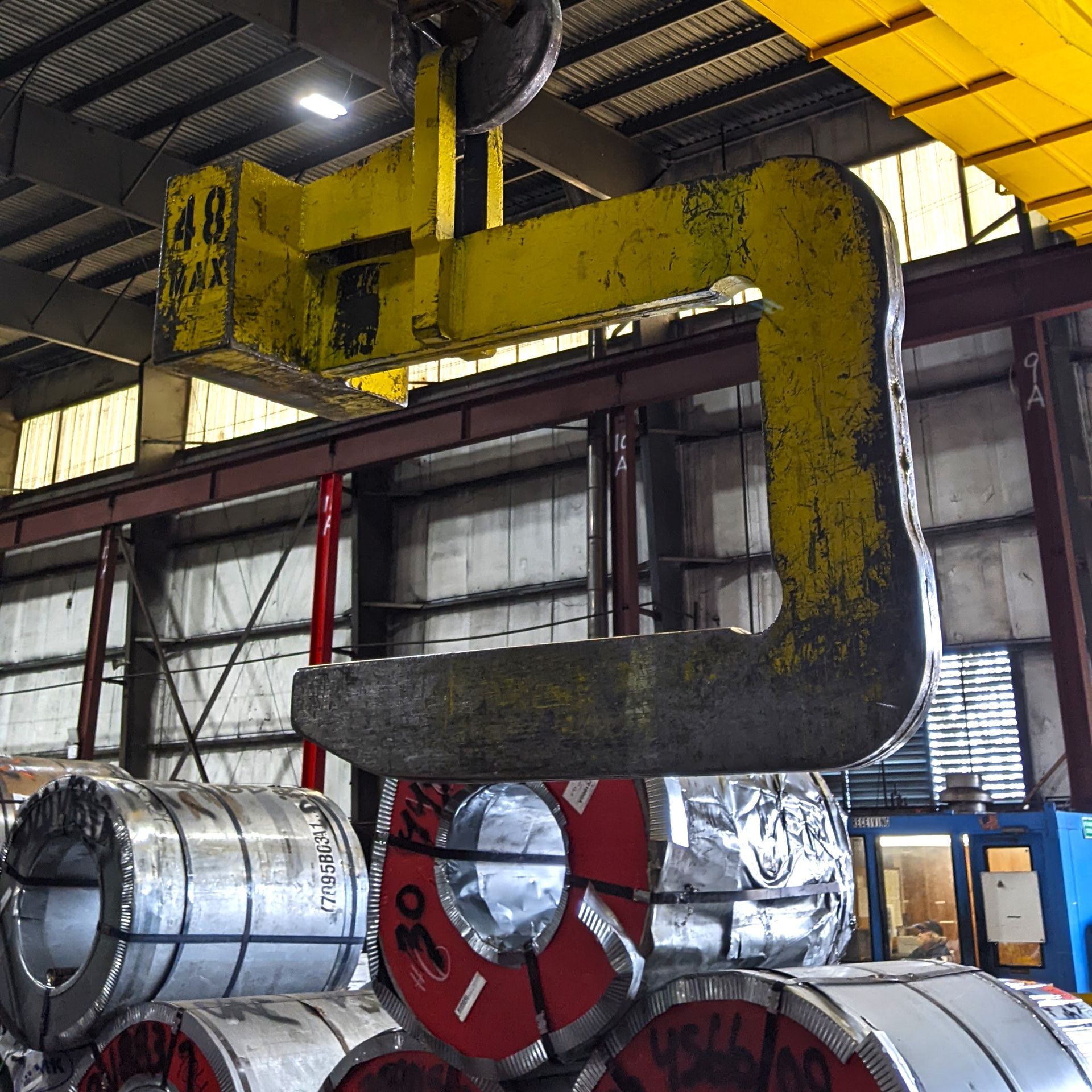
Crane Inspections: An Essential Part of Our Process
Regular crane inspections are a regulatory requirement and help us maintain equipment so we’re able to safely transport material within our facilities every day.
Most of our locations rely heavily on cranes for efficient material handling, from lifting heavy components to transporting finished goods. These powerful machines are vital to our daily processes, and their safe, reliable operation is essential. Regular and thorough crane inspections are not just a regulatory requirement, they are a critical part of maintaining a safe and productive work environment.
Types of Inspections
The frequency and type of crane inspection depends on several factors, including the type of crane, its usage and the industry regulation. Inspections generally fall into these categories:
- Visual Inspection – regular visual checks to identify obvious signs of damage, wear or malfunction. These are daily checks that the Operator should perform BEFORE operating the crane.
- Periodic Inspection – typically completed each quarter or annually, these inspections involve a thorough examination of critical components and systems and include load testing, function checks and detailed component assessments. A trained maintenance technician or crane manufacturer service technician is usually responsible for completing these inspections and making recommendations for repairs and other maintenance.
- Comprehensive Inspection – completed annually, these inspections are a detailed examination of all crane parts and systems. A comprehensive report of the inspector’s findings is included in this type of inspection.
Risks of Neglect
Cranes are complex machines and susceptible to wear and tear, especially at facilities where they’re frequently used to transport heavy loads. Neglecting routine inspections can present crane issues in concerning ways:
- Structural failures – corrosion, fatigue, and improper maintenance can weaken crane components
- Equipment malfunctions – minor issues, if left unattended, can escalate into major malfunctions. If something doesn’t seem like it’s working correctly, immediately address it and notify your supervisor, maintenance department and operations leader.
- Safety hazard notification failures – faulty brakes, inadequate signaling systems or improperly secured loads can create hazardous situations for operators and employees in the vicinity. When these functions aren’t working properly, the crane should not be used until it’s fixed.
Click here to review Olympic Steel’s crane inspection guidelines.
REMEMBER – completing the paperwork and turning it in is important, but if any part of the inspection fails, you need to immediately notify your supervisor and maintenance department. And do not use the machine until it passes all areas of the inspection.
If you have questions about your division’s inspection procedures, please contact Tony Dominic, VP – Safety, Health and Environment, at Tony.Dominic@olysteel.com.
Safety First. Always. And, it starts with me.
